Microsoft’s 10 Biggest Azure Announcements At Ignite 2021
New offerings debuting at Ignite include the Azure Percept platform for bringing Microsoft’s AI capabilities to the edge and new tools to speed up Azure migrations.
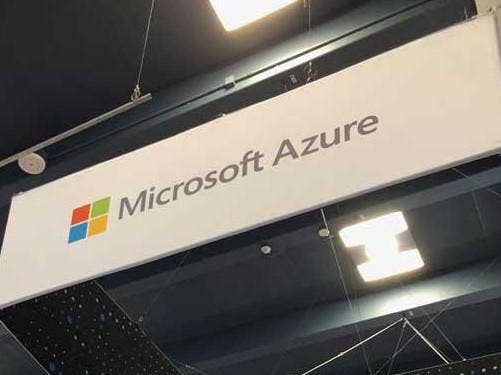
The Latest For Microsoft Azure
Making migration to Microsoft’s Azure products and services easier is a big theme this week at Ignite, the company’s annual conference for developers and IT professionals. The Redmond, Wash.-based tech giant is announcing new tools to help move customers off of competing products and services and to enable easier access to Azure products and services, including solutions related to AI and app development. New Microsoft products that are launching or receiving updates in connection with the virtual Ignite 2021 include Azure Purview, Azure Synapse, Azure Migrate, Azure Cosmos DB, Azure Arc and the new Azure Percept edge AI solution.
What follows are 10 of Microsoft’s biggest Azure announcements at Ignite 2021.
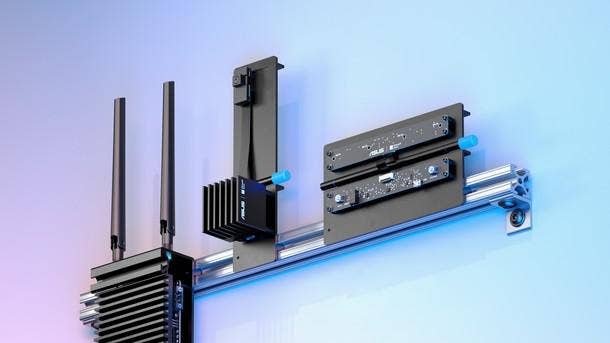
Azure Percept: What It Does
What Windows did for tapping into the power of personal computers, Microsoft hopes its new Azure Percept platform can help users bring AI to the edge through Azure. Now in public preview, Azure Percept is meant to help customers develop and operate AI models in lower-power cameras and audio devices regardless of customers’ coding expertise. Percept draws on Azure cloud offerings including device management, AI model development and analytics to provide an “end-to-end” system, Microsoft said. Azure Percept works automatically with Azure AI, Azure Cognitive Services, Azure Machine Learning and Azure Live Video Analytics, and it’s integrated with Azure IoT services.
Users will have access to Azure AI Cognitive Services and Azure Machine Learning models plus open-source AI models designed to run on the edge. Azure Percept devices automatically connect to Azure IoT Hub for reliable communication with security protection between internet-connected devices and the cloud. Users can integrate Percept-based products and services with Azure Machine Learning processes that combine data science and IT operations to develop machine learning models faster.
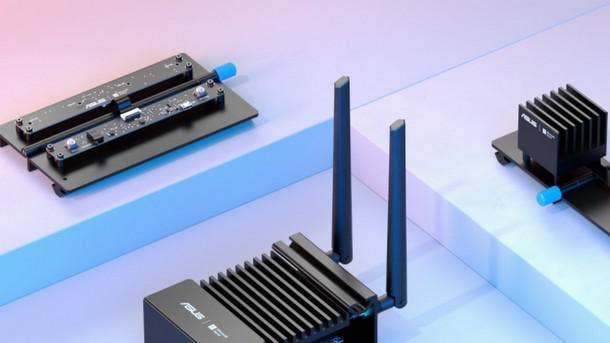
Azure Percept: What It Includes
The Azure Percept platform will come with a guide called “Azure Percept Studio” to educate users through the development, training and deployment phases of AI-related proof-of-concept ideas. Microsoft hopes Percept will help customers use pre-built Azure AI models for object detection, shelf analytics, anomaly detection, keyword spotting and other functions at the edge. The Percept platform will include a development kit with the Azure Percept Vision intelligent camera, a carrier board and mounting tools.
Hardware shipped with the development kit will use industry standard 80/20 T-slot framing architecture so that customers can use existing industrial infrastructure before scaling up to wider production with certified devices. Azure Percept Audio — a voice-enabled system-on-module with a four-microphone linear array allowing voice activation and customer commands on local devices with microphones — will ship separately.
The camera and audio connect to Azure services in the cloud and come with embedded hardware-accelerated AI modules to allow speech and vision AI at the edge and when devices aren’t connected to the internet. The feature is useful for places without reliable internet connectivity, like a factory floor, Microsoft said. The company has also enlisted third-party silicon and equipment makers to work on intelligent edge devices certified to run on Azure Percept so that users can deploy proof-of-concept edge AI products and services with a certified device from the marketplace.
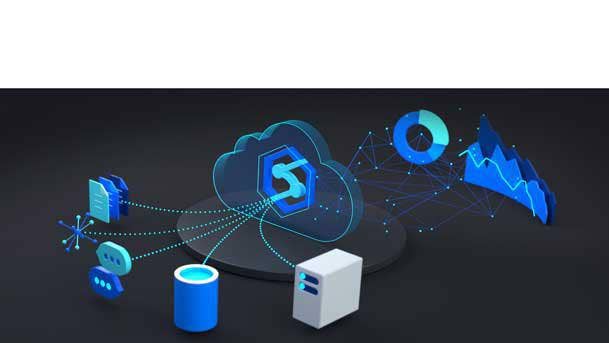
Azure Synapse Pathway Introduced
Microsoft hopes to speed up migration from legacy or cloud data warehouses to Azure Synapse Analytics with the new Azure Synapse Pathway solution. The tool scans source systems and automatically translates existing scripts into TSQL, according to a blog post from Rohan Kumar, corporate vice president of Azure Data at Microsoft. The tool can automatically translate more than 100,000 lines of SQL code in minutes and help customers migrate from Teradata, Snowflake, Netezza, AWS Redshift, SQL Server and Google BigQuery, Kumar said. Azure Synapse unites data integration, enterprise data warehousing and big data analytics for real-time insights.

New Azure Purview Capabilities
Microsoft has moved new capabilities for the Azure Purview unified data governance service into preview. The capabilities include automatic scanning and classification of data in Amazon AWS Simple Storage Services (AWS S3) SAP ECC, SAP S4/HANA and Oracle Database — meaning that users can scan and classify data in various on-premises data stores with the Azure Purview Data Map. Purview facilitates the mapping and control of organizational data no matter where it resides, and “provides an end-to-end view of your data estate that previously was impossible,” Microsoft CEO Satya Nadella (pictured) said previously. Azure Purview has had the ability to scan and classify data in Teradata, SQL Server on premises, Azure data services and Power BI since the debut of the offering in December. Certain users can also now use Purview to scan Azure Synapse workspaces across serverless and dedicated SQL pools, allowing a Purview-powered search in Synapse workspaces, Microsoft said. Purview is integrated with Microsoft Information Protection and can use the same sensitivity labels defined in Microsoft 365 Compliance Center.

Upgrades For Azure Migrate
New capabilities for Azure Migrate--a solution for assisting with Azure cloud migrations--are now in preview to make Azure SQL migrations easier, according to Kumar’s post. Users can discover and assess SQL servers and databases for Azure migration from within Azure Migrate, Kumar said. The solution also now provides an app containerization tool with support for ASP.NET and Java web apps to help customers migrate apps to containers running on Azure Kubernetes Service (AKS). A new Azure PowerShell module adds support for the Server Migration tool’s agentless method of migrating VMware VMs to Azure by allowing users to configure and manage replication of servers to Azure and migrate them to Azure VMs with Azure PowerShell cmdlets in an automated, repeatable manner, Kumar said. The upgrades help customers understand all technical and financial aspects of cloud migration by assessing their SQL source and destination landscapes at scale with integrated, he said. The hub includes SKU recommendations and cost estimates.

Updates For Azure Cosmos DB
Microsoft is using Ignite 2021 to announce updates to integrate its Azure Cosmos DB database service with Azure Synapse Link. Now generally available are Azure Synapse Link for Azure Cosmos DB and Mongo v4.0 server support in Azure Cosmos DB API for MongoDB. Microsoft disclosed the public preview phase of Azure Synapse Link for Azure Cosmos DB in the spring. The tool allows cloud-native and near-real-time analytics over the NoSQL data in Azure Cosmos DB, including MongoDB. Linking Azure Cosmos DB to Azure Synapse Analytics breaks down a barrier between online transactional processing (OLTP) and online analytical processing (OLAP).
Mongo v4.0 server support gives users more flexibility to process data and for developers using MongoDB v4.0 to migrate to Azure Cosmos DB. Now in preview are Azure Cosmos DB Continuous Backup and Point in Time plus Cosmos DB role-based access control (RBAC). Users will have access to ongoing backups and recoverable and restorable data from any point in the past 30 days. RBAC will provide more security for Azure data. Users can also determine the identity used to perform database operations by retrieving the information in diagnostic logs.
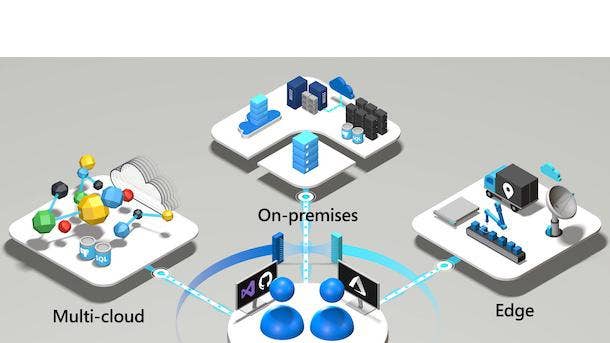
Azure Arc Receives Improvements
Azure Arc--a suite of technologies meant to simplify management, speed up app development and provide consistent Azure services--is receiving updates to help run apps across on-premises data centers, multiple clouds and edge devices. Azure Arc-enabled machine learning is in preview, Microsoft disclosed. Users can deploy Azure Machine Learning to target any Kubernetes cluster for model training--whether it be located on-premises, in multi-cloud or at the edge, the company said. Users can lower costs and increase operational efficiency with their existing Kubernetes infrastructure investments, while data scientists and developers can build models in Azure Machine Learning without learning Kubernetes, Microsoft said. And all models, no matter where they were built, are storable and trackable in a central location in Azure Machine Learning for sharing, reproducing and complying with audits, according to Microsoft.
Azure Arc-enabled Kubernetes has exited the preview phase, according to a blog post from Arpan Shah, general manager for Azure at Microsoft. Users can connect, manage and govern any Kubernetes cluster across data centers, clouds and edge from Azure, Microsoft said. Users can deploy Kubernetes configurations to all clusters from the Azure Portal and code and deploy apps to any Kubernetes cluster using GitOps.
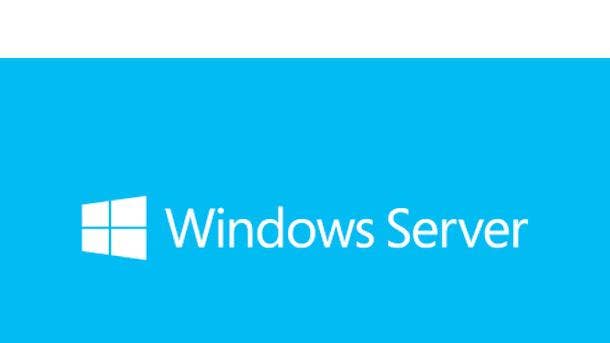
New Features For Windows Server 2022
Advanced multi-layer security, hybrid capabilities with Azure and a flexible application platform are some of the features users can expect from Microsoft’s next Windows Server operating system, now in preview. Windows Server 2022 will offer improved hybrid server management, an enhanced event viewer and new capabilities in Windows Admin Center, according to Microsoft. The release also provides secured-core capabilities to Windows Server to secure systems that would run workloads on the next operating system, not to mention improvements to Windows containers. Those improvements include smaller image sizes for faster downloading, simplified network policy implementation and containerization tools for .NET applications.
The secured-core server minimizes risk from firmware vulnerabilities and advanced malware, according to Microsoft. Faster and more secure-encrypted HTTPS connections and industry-standard SMB AES 256 encryption are some of the capabilities that provide secured connectivity. Customers will use Windows Server 2022 to run existing and new business-critical applications on Azure, on-premises and at the edge.
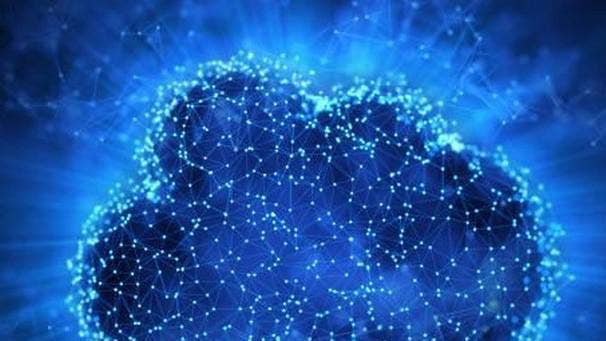
New Azure Cognitive Search
The same capabilities powering Microsoft’s Bing search engine are in preview for Azure Cognitive Search, an AI-powered cloud search service for mobile and web app development. Azure Cognitive Search now has semantic search capabilities for organizations to make search results based on user intent instead of just entered keywords, Kumar said. The new search uses natural language models, concept matching, synonym search and other techniques for better search results. Users can also now explore SharePoint content within Azure Cognitive Search.

Azure Automanage Gets Updates For VMs, Linux
The Azure Automanage tool to help customers automate virtual machine operations in Azure may still be in preview, but Microsoft has already added some new capabilities. The new capabilities allow rebootless security patching for new Windows Server VMs, rapidly protecting servers against critical threats. Azure Automanage has also been expanded to Linux, Microsoft said.
Advertisement